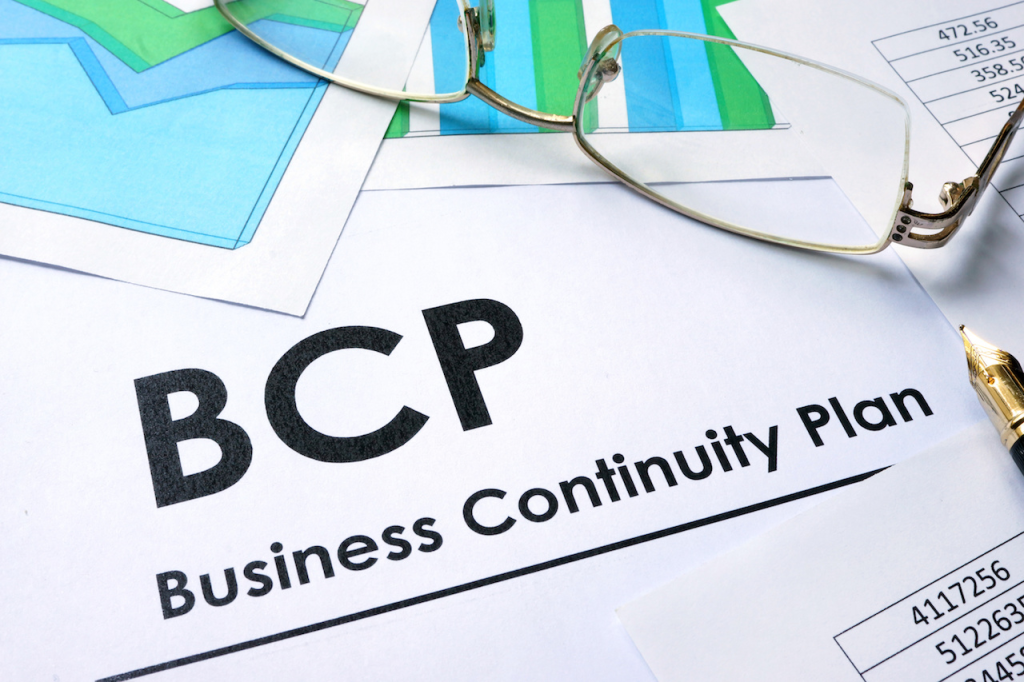
We’ve all seen the headlines. Heathrow’s major outage, system failures, and disruptions that have brought half the country to a standstill because of a fire at a power substation. Could this have been predicted? These events, while often large-scale, serve as a stark reminder of the fragility of our interconnected world. At the core of these failures lies a crucial vulnerability: dependencies. Whether it’s a reliance on a single cloud provider, a critical software component, or even something as basic as electricity, like it was at Heathrow, these dependencies can become single points of failure, threatening the very existence of our operations. For example if Heathrow had a backup power substation or used diverse routes to provide multiple smaller substations feeding power to the entire campus, maybe they would’ve been able to get back up and running sooner?
What can we learn: For small businesses, these lessons are not just academic; they are existential. Unlike large corporations with vast resources and funding, we operate on tighter margins and with fewer safety nets. This makes us particularly vulnerable to disruptions. It’s time to take a page from the big leagues and apply the same principles of dependency review and risk mitigation to our own operations, and most importantly it does not need to cost a significant amount to reduce some of your bigger risks.
The Small Business Reality: Identifying Your Critical Dependencies
Think of your business as a chain. Each link represents a critical component, and if one link breaks, the entire chain fails. To ensure your business’s resilience, you must identify and strengthen each link. Let’s break down the key areas:
- Email:
- How reliant are you on a single email system? What happens if their servers go down?
- Consider a backup email service or a secondary domain with email configured on a different system for a chosen select few to keep communication channels open and the business running.
- Websites:
- Is your website hosted on a single server or with a single provider?
- Explore options for redundant hosting or a content delivery network (CDN).
- Network:
- Is your internal network reliant on a single router or switch?
- Consider redundant network hardware and configurations.
- Power:
- What happens during a power outage?
- Invest in uninterruptible power supplies (UPS) for critical equipment. For longer outages, explore if generator options could be cost effective.
- Internet Access:
- Are you reliant on a single internet service provider (ISP) like BT, Virgin Media or City Fibre?
- Consider a secondary internet connection from a different provider or a 4G or Satellite backup as these are becoming very affordable.
- File Storage:
- Where are your critical files stored? Are they backed up regularly?
- Implement a robust backup strategy, including offsite and cloud backups which you can access if the main source of files is suddenly unavailable.
- Critical software:
- Does your business depend on a single software application? What are the alternatives? Could you have standby manual, possibly paper, system in place to reduce the disruption?

Mitigating the Risks: Practical Steps for Small Businesses
Once you’ve identified your dependencies, it’s time to take action. Here are some practical steps you can take to mitigate the risks:
- Redundancy:
- Implement redundant systems and backups for critical components.
- Regular Backups:
- Establish a regular backup schedule for all your data and systems. Test your backups regularly to ensure they can be restored.
- Disaster Recovery Plan:
- Develop a comprehensive disaster recovery plan that outlines your steps in the event of a disruption.
- UPS and Generators:
- Invest in UPS systems to provide temporary power during outages. For extended outages, consider temporary generator options or hire possibilities.
- Multiple Internet Connections:
- If internet access is critical, consider a secondary internet connection from a different provider.
- Cloud-Based Solutions:
- Leverage cloud-based solutions for data storage and backups. Many cloud providers offer built-in redundancy and disaster recovery features.
The Takeaway:
In today’s interconnected world, no business is immune to disruptions. By understanding our dependencies and taking proactive steps to mitigate the risks, we can build more resilient and sustainable businesses. Don’t wait for the lights to go out. Start reviewing your dependencies today. The future of your business may depend on it.
To begin, conduct a thorough risk assessment of your current infrastructure and operations. Identify your critical dependencies and evaluate the potential impact of their failure. This assessment will serve as the foundation for your risk mitigation strategy.
If you find the process of conducting a risk assessment or implementing mitigation solutions daunting, know that you’re not alone. We’re here to help. Our team specialises in assisting small businesses in identifying vulnerabilities and developing robust strategies to minimize disruptions. From assessing your network and data storage to implementing backup power and redundant internet connections, we can provide the expertise and support you need to safeguard your business.
For Further Information or advice, please contact the Magikos IT Team or fill in the form below and we will contact you.
Tel: 01344 204019
Email: [email protected]